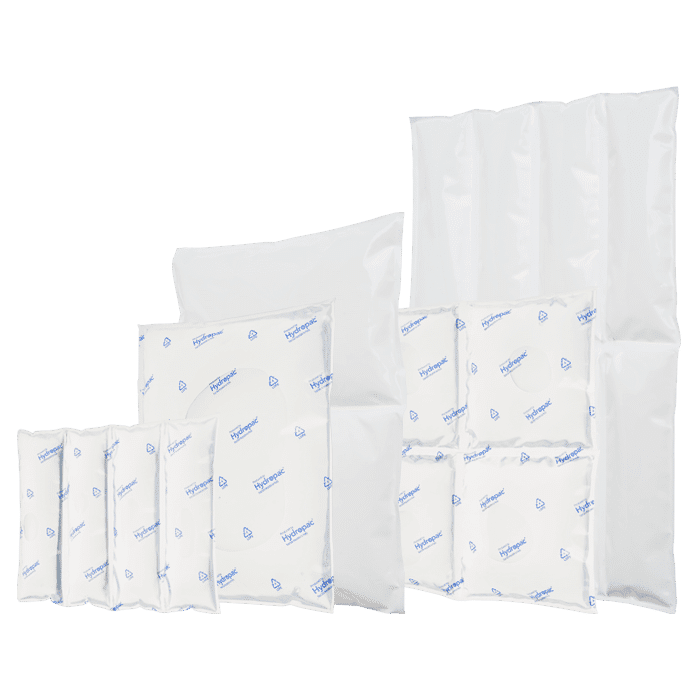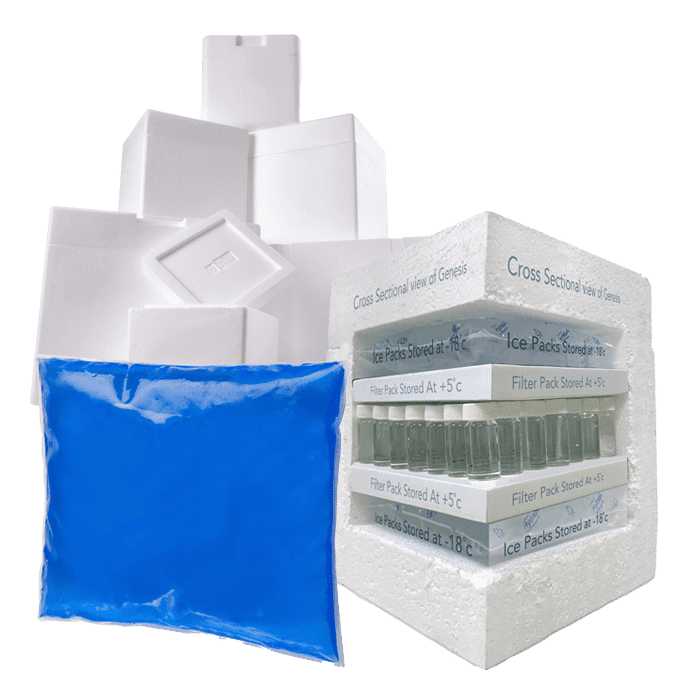How Long in Landfill?
We don’t want to make biodegradable items our bugbear – as with everything, they have their place and time to shine. That said, we also want to highlight just how long it can take for different items that are classed as “biodegradable” to actually break down in landfill – it’s all too easy to toss something away as waste instead of putting it to another use or into a recycling bin, and we’re hoping that by adding exposure to how long a rubbish pile can actually sit in landfill for, this mentality will change.
It’s impossible to say exactly how long any one item will take to break down once in a landfill environment, as the decomposition process will vary depending on the surrounding conditions and whether air or water can even get to the items at the bottom of a large landfill pile. Items that are not exposed to the elements will take a lot longer to break down when compared to even identical items that are. Having said that, we can put estimates based on average studies performed on different types of items in varying conditions.
Common items that are sent to landfill when they could be reused or recycled:
Glass (jars/bottles) – 1 million years
If a glass jar or bottle is put out for recycling, it can be back out in the community within 6 weeks, as opposed to doing time in landfill for the next 1 million years!
Custom chilled solutions for you
Hydropac offers every customer a customized solution for chilled and conditioned shipping. For example, we help a customer with limited freezing capacity to deliver gel packs frozen and ready to use, and we can manufacture almost all shapes and sizes of cooling elements. As a customer, you come first: we are here to help you.
Glass can be recycled endlessly and with no loss in purity or quality, so it has a huge range of uses, including new containers, as aggregate in concrete and even as astroturf.
Plastic (bottles/containers) – 40 years
Like glass, plastic bottles and other items can be recycled quickly and efficiently, becoming something new instead of sitting in a landfill slowly decomposing into the ground. Plastic can be recycled into many things, including upholstery, new plastic containers and even fleece jackets!
Aluminium (cans/tins) – 80 – 200 years
Aluminium does biodegrade relatively quickly when compared to materials like glass or plastic, but that doesn’t make it going into landfill any better when it can be reused and recycled with just a bit of care.
Aluminium is very easy to recycle and can then be reused in a huge number of ways, including as new containers, into computer components, aircraft components and even into wire.
Batteries – 100 – 1 million years
Imagine if your average AA battery lasted as long as the 100 – 1 million (what!) or so years it takes to decompose! Batteries are made up of plastic, metal and inner chemical elements, so all of these need to be exposed to the elements before they break down; the outer casing elements may rot quite quickly but the chemicals inside can take thousands to hundreds of years to fully decompose (and that doesn’t factor in how harmful it is to the environment to have chemicals such as mercury and acid leaching into the soil).21
All household batteries (including watch batteries and laptop batteries) can be easily recycled and there are many collection points across the country; there are also designated collection points for leisure/car batteries. It’s also worth exploring solar or rechargeable alternatives.
Not everything can be recycled or reused, we know that, but it’s always worth exploring more sustainable alternatives where possible, to try and reduce the amount of waste that goes to our landfill sites every year.
For further information on your local recycling points for items such as batteries, glass, metal and foil, please visit Recycle Now to check their <a
Sustainability Hydropac and CSR
Sustainability isn’t just a trend for us – it’s a promise. As we innovate, create, and lead, we keep our planet’s well-being at the forefront. With Hydropac, you’re not just preserving the quality of your cargo; you’re contributing to a healthier world.
Experience the power of sustainable temperature assurance with Hydropac – where excellence and environmental responsibility coexist for a brighter future.




